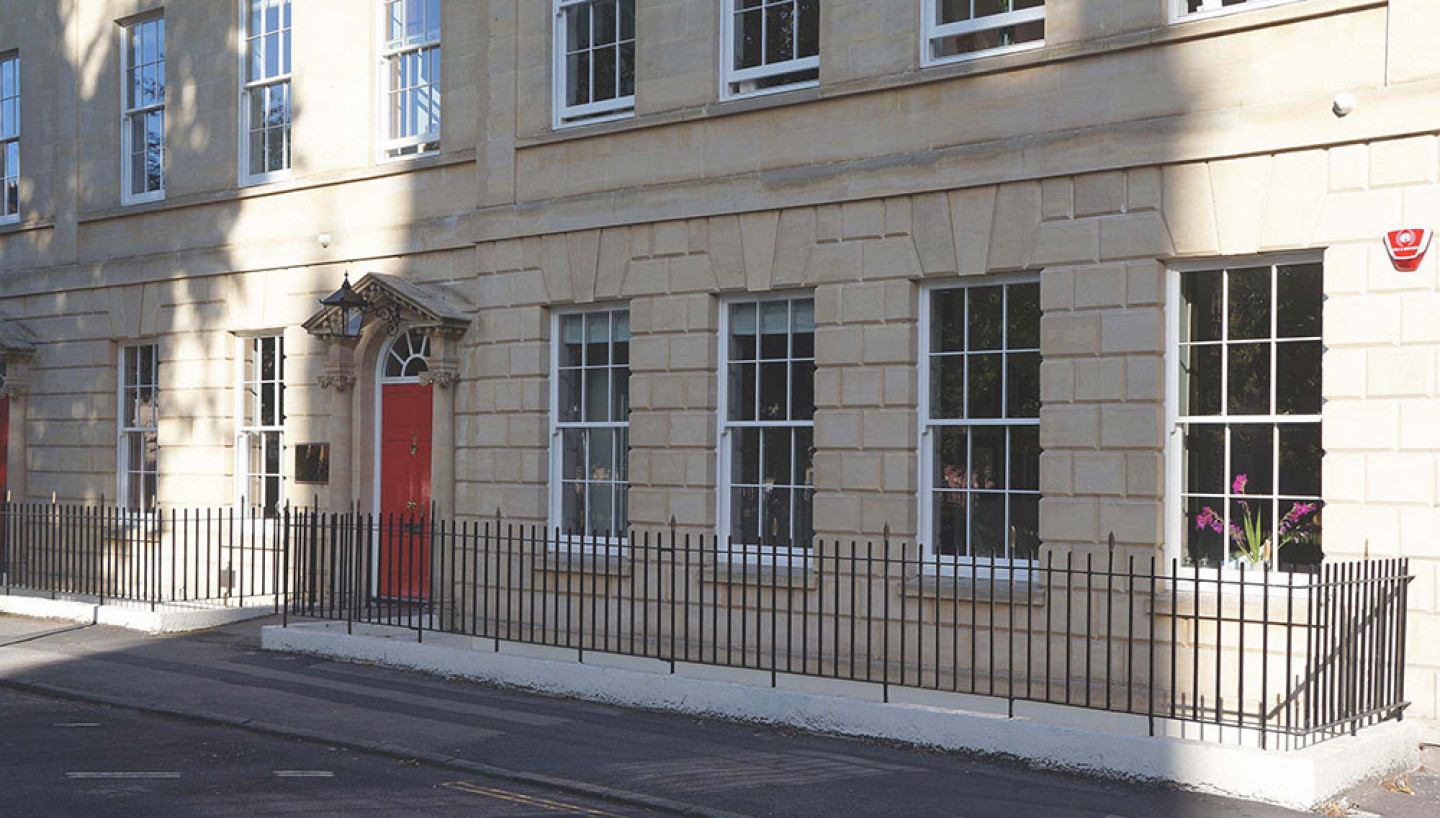The conservation and preservation of our historic building stock is deeply rooted in our nation’s culture. There are buildings, palaces, castles, and commercial properties of significant heritage that we have come to know and love and it has become important that we maintain and upgrade the performance of these buildings while at the same time preserving their fine, original features.
In doing so, we must all recognise that the high cost of energy is driven by the effect of burning fossil fuel. It has been proven that burning fuel, or consuming electricity to heat our buildings, has had a dramatic effect on the release of carbon emissions into the atmosphere with the disastrous effect of global warming and the many consequences we are now coming to realise and witness.
Our historic and heritage buildings are notoriously badly insulated, if at all, but the use of common-sense modern insulation methods and systems, and 21st Century standards of fenestration, together provide sustainable levels of comfort, light and ventilation, but are strongly prohibited by regulatory controls and heritage organisations, the very institutions who claim to protect them.
But at the same time it is a fact that the owners and the occupants of these very buildings, those who take custodian responsibility for their care and upkeep, are actually demanding, and rightly deserve, modern standards of insulation.
Timber has always been the ideal and chosen material for the manufacture of traditional windows and doors for these admired buildings. Very often the originals are still in place and may be in dire need of extensive renovation. There are specialist companies who provide this service; the end result is often very acceptable and meets the strict criteria laid down by heritage bodies. But let us not forget that the repair is to the frame and the window remains single glazed and putty sealed as originally specified. So while the frame of the window or door has been improved, which is a positive in terms of insulation value, the single glazed glass aperture continues to achieve a very poor energy rating, or U-value, by today’s standards.
Today the window industry is served by leading timber window manufacturers such as Mumford & Wood of Tiptree, Essex, who manufacture, entirely in Great Britain, fine award-winning products. This now includes the new Classic™ range featuring a slim panel glazing system with 12-14mm insulated double glazed glass units, for improved thermal performance and reduced reflection, true bars and a traditional putty glazed finish. Even the glass itself can be fashioned to represent the delicate imperfections of original 17th and 18th Century hand blown glass. Modern glazing methods with composite fine glazing beads, that will not warp or rot, are now used to contain the glass so the finished product offers elegant period aesthetics that will enhance a building of any age, while ensuring a warm, comfortable and sustainable atmosphere for the benefit of its occupants and the extended fabric of the building. From a one-metre distance I would challenge any property owner or heritage officer to visually tell the difference.
Classic™ timber windows are made from carefully selected engineered timber components that are specially designed for the desired end use of the material and any waste or defects in the harvested timber is left at source in the forest either for recycling or other uses. Classic™ windows manufactured by Mumford & Wood are made in line with the requirements of the British Woodworking Federation’s Wood Window Alliance (WWA) scheme. Classic™ windows and doors are manufactured from premium grade Siberian larch which is engineered for maximum strength and stability to help ensure long lasting aesthetics and performance, while at the same time achieving a perfect factory-finished, paint-ready surface typical of fine joinery. Independent research carried out by the WWA on behalf of its members identifies that timber as a frame material offers the most sustainable and cost effective material with a life cycle of up to 65 years and more.
Quite some time ago, when some of us started to care about external joinery in our buildings, it was always the established site practise to put many coats of paint on to the external timber fenestration so as to protect the timber from exposure to the elements. This would result in an impervious and completely smooth surface finish. In employing this regime we ensured that no visible evidence of the substrate material, no identifiable grain, could be seen so resulting in a perfectly smooth and tactile surface.
It is surprising therefore that PVC-U window and door manufacturers want to create a grained surface to try to imitate a timber window in an effort to persuade customers and architects that it is appropriate and acceptable to use this material as a replacement for timber in our heritage buildings. Marketing terms such as ‘timber alternative’ are used to describe this fake material but, to put it bluntly, there is no such thing and if there was, would one putty glaze it to make it look like an authentic timber window?
